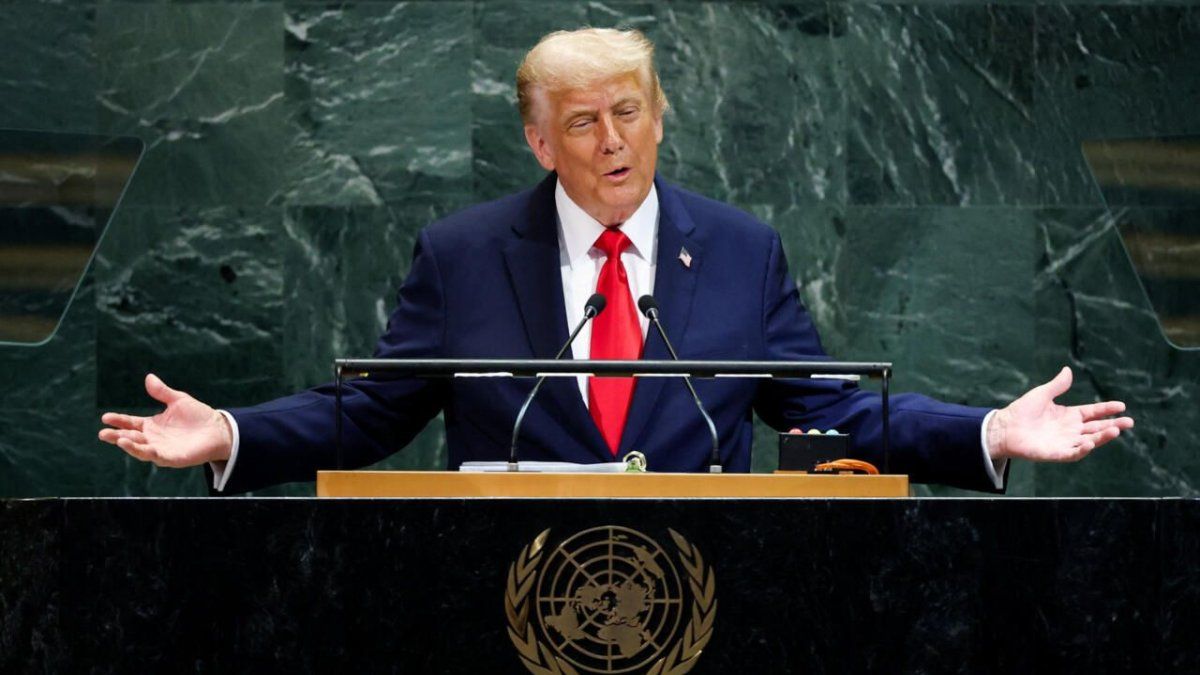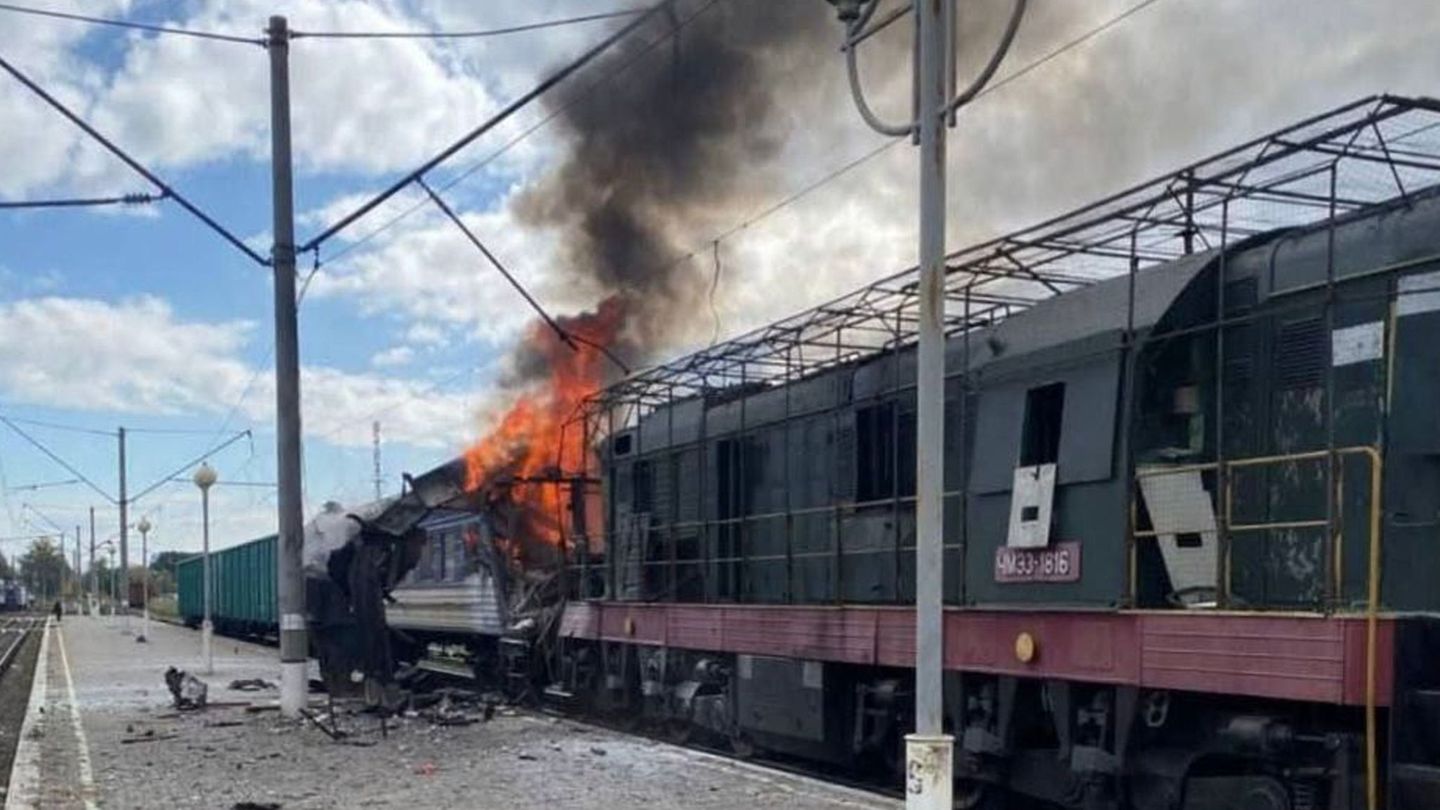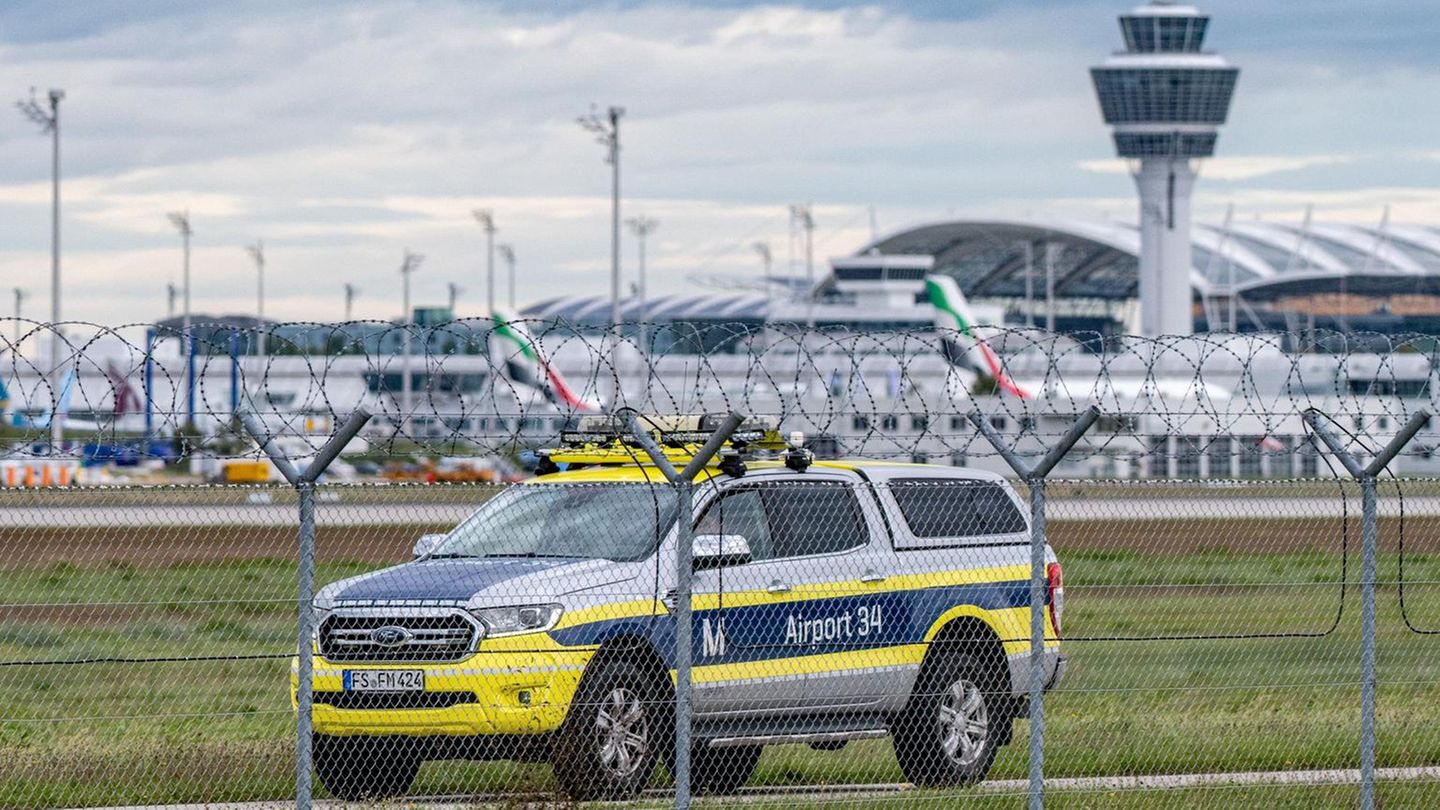But meeting that goal, they say, could have consequences for the company’s performance. exercise. “We have been seeing this incompatibility between the growth rate stipulated in the agreement with the Fund, around 4%, and the accumulation of US$5.8 billion in net international reserves”, the economist Lorenzo Sigaut Gravina told Ámbito, who explained some of the reasons: “As a result of the fact that there are no more restrictions on travel, international tourism begins to increase the flow and with that the deficit returns: because there is a gap and, although Foreign tourists come, they liquidate the currencies in the informal market and there are fewer dollars for the Central Bank than they should be liquidated. And, on the other hand, the tourism of Argentines abroad is growing little by little.
“Besides, the drought impacted the foreign currency supply of agriculture by volumes, not by price (in fact, after the outbreak of the war prices more than compensated for any drop), but if we had had the same quantities produced as in 2021, at these high international prices, we would have had many more dollars of exports from the agriculture”, remarked Sigaut Gravina, who added: “Finally, also the energy issue got complicated and due to the war the prices of imports are going to skyrocket this year”.
Before IMF disbursement, BCRA reserves fell to 14-month lows
May and June are key months for the BCRA to increase its reserves
“This is the stage that seasonally they must enter more dollars of the yearto accumulate reserves, and face the needs of dollars in the winter months (fuel imports) and year-end (economic activity)”, said Nicolás Zeolla, chief economist of FIDE, who in any case remarked: “ Indeed, they are entering less dollars than the same months of 2021 and those projected by the Government for this time of year (projections included in the agreement with the IMF). We must closely monitor this dynamic for the consequences on the next revision of the agreement”.
Meanwhile, when analyzing the reasons for the lower income of dollars, Zeolla maintained that there are reasons “both demand and supply”: “The demand ones are the known ones: energy imports, greater imports of industrial supplies due to greater economic activity , and prices of services such as freight and tourism. In the case of supply, one aspect to take into account is that the 2021/22 harvest had weather difficulties and is arriving later than usual (soybeans and corn). He is two months late. Namely, the largest volume of dollars in the field did not enterbut it would have to be coming in the coming months hand in hand with the lifting of the harvest”.
“The BCRA has to closely monitor supply and demand. On the supply side, what happens to the ‘timing’ of foreign currency inflows in the climate/sector liquidation relationship? Because of the demand, effectively, it has to manage the dollars it has, because the margins to comply with the agreement with the IMF are shortened. Today’s photo indicates that it is $2.4 billion below the IMF’s reserve target,” Zeolla stressed.
Impact on activity
Sigaut Gravina pointed out, in this context, that “It seems that accumulating the international reserves that the agreement said and growing 4%, which implies sustaining very high levels of imports, does not seem to be compatible”. “And that incompatibility begins to be manifest. Obviously, if there is a recession or the level of activity begins to drop, you have to import less and, with the same levels of exports, you can accumulate the reserves that the agreement says. But at the cost of growth: grow less than 4%, it actually means that it is fallingbecause the statistical drag left by 2021 is very high”, added the Equilibra economist.
“For a long time one of the predictions has been that There are no dollars available to pay for a large industrial growth. The industry will probably remain in general terms at the levels it is at, especially the most intensive in imported inputs, because there are no more dollars. In any case, There will be a readjustment of the dollars that are already destined for the import of supplies, machinery and industrial equipment”, analyzed Martín Kalos, director of EPyCA Consultores.
“On the other hand, obviously, this year is beginning to have a great point that is emissive tourism, which is more important in terms of outgoing dollars, against the income generated by receptive tourism. Then, there is again a deficit that in recent years had decreased due to the effects of the pandemic,” added Kalos, who stressed that, due to the need to accumulate reserves, “the exchange balance will be much tighter in terms of the use of foreign currency for growth in productive activities”. “So, in that sense, it is probably one of the points that is moderating or postponing the growth of many activities, because it is seen in the impact it has on the investment or production plans of many companies, which see these problems or delays to import”, he stressed.
In this context, one of the alternatives that the Government could propose, as explained by Sigaut Gravina, is to try to “make the goal of accumulating international reserves more flexible and that, with the rest that can be used for imports, comes a little closer to the growth figure stipulated in the agreement”. Although it will depend, of course, on the upcoming meetings and negotiations with the Fund.
Source: Ambito
David William is a talented author who has made a name for himself in the world of writing. He is a professional author who writes on a wide range of topics, from general interest to opinion news. David is currently working as a writer at 24 hours worlds where he brings his unique perspective and in-depth research to his articles, making them both informative and engaging.




